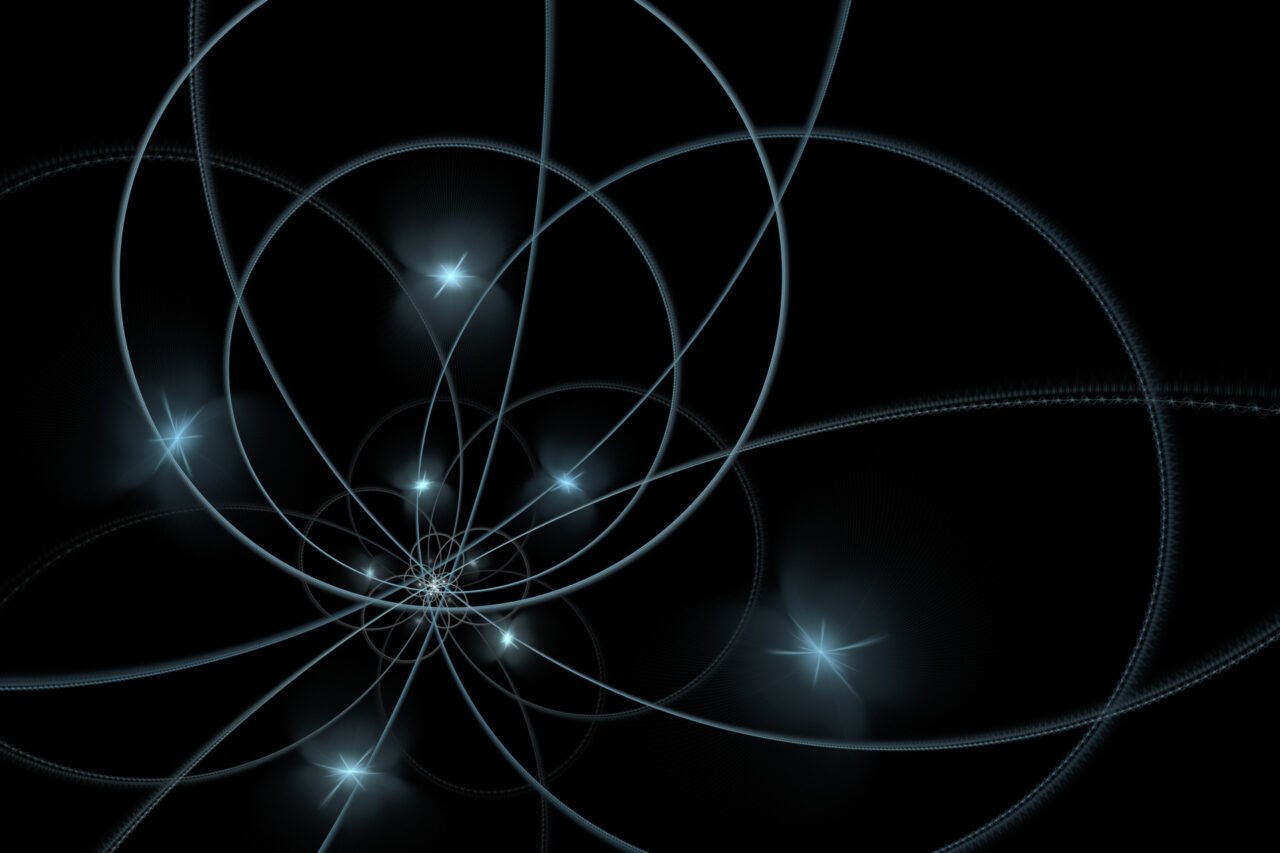Science
Japanese Physicists Revive 150-Year-Old Knot Theory to Address Matter Mystery

A team of physicists from Japan has breathed new life into a **150-year-old theory** that describes atomic structures as “knots” in a hypothetical medium called aether. Their research, published in the journal Physical Review Letters, offers a fresh perspective on a longstanding mystery in physics: the imbalance between matter and antimatter in the universe.
This new interpretation does not advocate for the existence of aether, a concept rooted in ancient and medieval science. Instead, the researchers propose a scenario in which cosmic knots of energy gradually transformed into the matter that constitutes the universe as we know it today.
The matter-antimatter conundrum poses a significant challenge. According to prevailing theories, every particle of matter should have a corresponding antimatter counterpart. After the **Big Bang**, these pairs were expected to annihilate each other, leaving behind a universe filled only with radiation. Yet, the reality is different—our universe is predominantly made of matter, suggesting a slight imbalance that has perplexed scientists for decades.
Efforts to account for this discrepancy have led physicists to explore mechanisms like charge-parity (CP) violation, but no definitive explanation has emerged. The research team revisits the ideas of **William Thomson**, known as **Lord Kelvin**, who asserted that atoms could be visualized as knots, or “closed curves embedded into three-dimensional space.”
The researchers have adapted this concept by applying it to **wave packets** of energy that propagated through the early universe. Following the Big Bang, a series of phase transitions created fissures in space, resulting in “thread-like defects.” These defects eventually formed cosmic knots as the fabric of spacetime expanded and contracted.
Through the process of **quantum tunneling**, these knots would untangle, allowing particles to transition through barriers in the quantum realm. If these knots exhibited a preference for matter over antimatter, their untangling could provide insight into the observed imbalance between the two.
According to **Yu Hamada**, a co-author of the study and a particle physicist at **Keio University**, their mathematical analysis supports the plausibility of this hypothesis. “Basically, this collapse produces a lot of particles,” Hamada stated. Among these particles are a type of neutrino, which are electrically neutral and possess negligible mass. Their decay process could lead to a natural generation of the matter-antimatter imbalance.
Hamada elaborated that “heavy neutrinos decay into lighter particles, such as electrons and photons, creating a secondary cascade that reheats the universe.” In this conceptual framework, neutrinos could be seen as the “parents” of all matter in the universe, while the cosmic knots act as the “grandparents.”
While the researchers acknowledge that their proposal is still theoretical, they assert that the collapsing cosmic knots should leave behind detectable structures—strings that could be identified by gravitational wave observatories like **LIGO** or **LISA**. The potential for these discoveries could ignite renewed interest in string theory and its implications for our understanding of the universe.
The revival of this knot theory presents an innovative approach to one of the fundamental questions in modern physics, inviting further exploration into the intricacies of matter, antimatter, and the very fabric of existence.
-

 Technology5 months ago
Technology5 months agoDiscover the Top 10 Calorie Counting Apps of 2025
-

 Health3 months ago
Health3 months agoBella Hadid Shares Health Update After Treatment for Lyme Disease
-

 Health3 months ago
Health3 months agoErin Bates Shares Recovery Update Following Sepsis Complications
-

 Technology4 months ago
Technology4 months agoDiscover How to Reverse Image Search Using ChatGPT Effortlessly
-

 Technology1 month ago
Technology1 month agoDiscover 2025’s Top GPUs for Exceptional 4K Gaming Performance
-

 Technology3 months ago
Technology3 months agoElectric Moto Influencer Surronster Arrested in Tijuana
-

 Technology5 months ago
Technology5 months agoMeta Initiates $60B AI Data Center Expansion, Starting in Ohio
-

 Technology5 months ago
Technology5 months agoRecovering a Suspended TikTok Account: A Step-by-Step Guide
-

 Health5 months ago
Health5 months agoTested: Rab Firewall Mountain Jacket Survives Harsh Conditions
-

 Lifestyle5 months ago
Lifestyle5 months agoBelton Family Reunites After Daughter Survives Hill Country Floods
-

 Health3 months ago
Health3 months agoAnalysts Project Stronger Growth for Apple’s iPhone 17 Lineup
-

 Technology4 months ago
Technology4 months agoHarmonic Launches AI Chatbot App to Transform Mathematical Reasoning





















